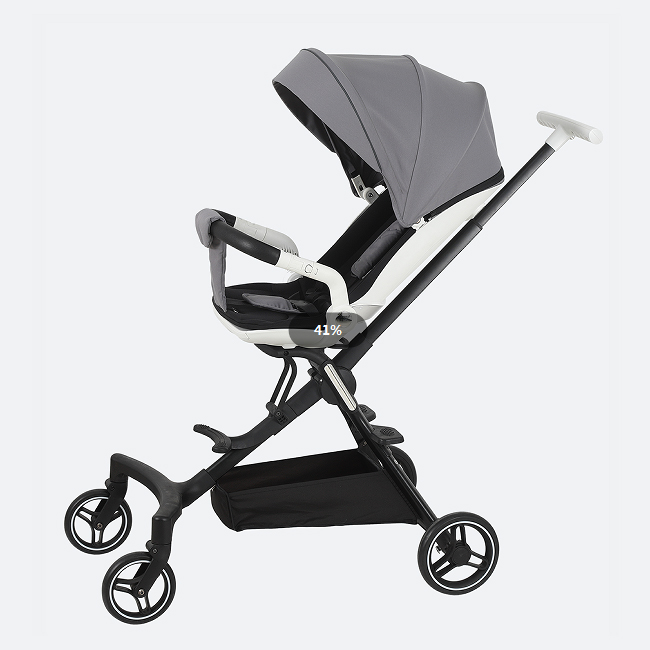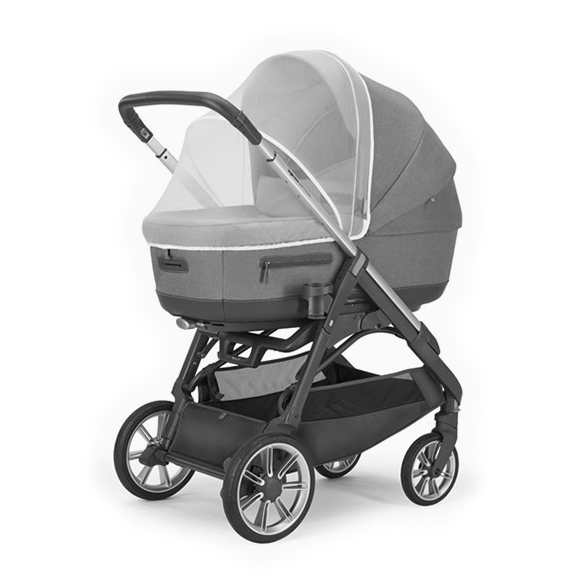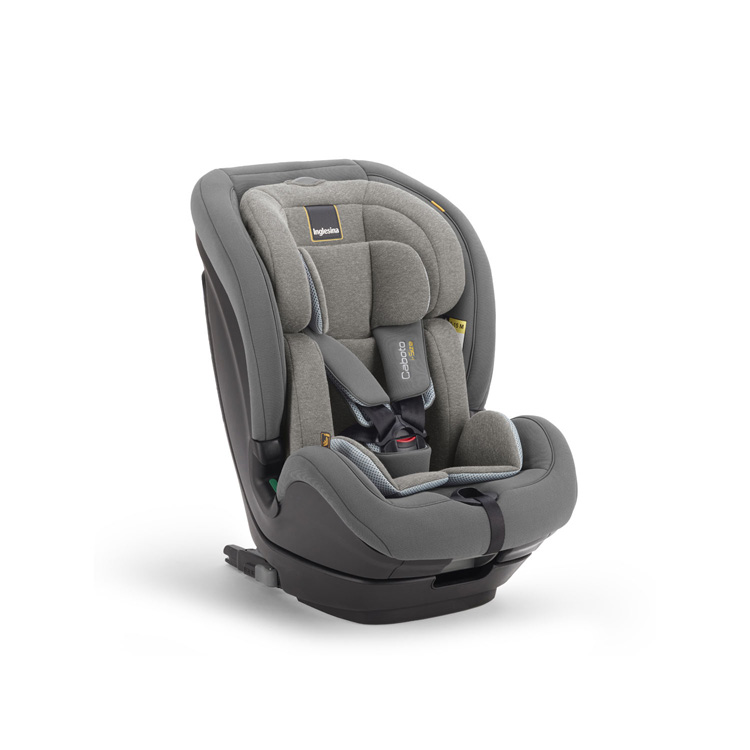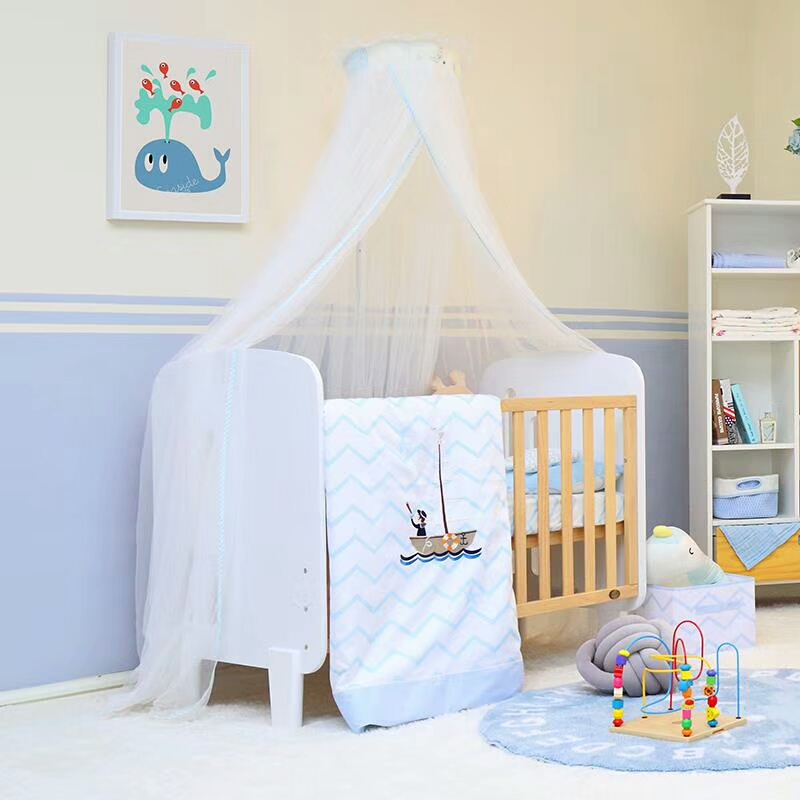The core function of the diaper pad
Daily protection: prevent sudden "accidental" soiling of the bed sheets during diaper changing, bathing, and touching, and reduce the burden of washing.
Portable when going out: Lightweight and easy to carry, suitable for travel, medical treatment, etc., to avoid hygiene problems in public environments.
Disposable vs. washable diaper pads: How to choose?
Disposable diaper pads
Advantages: Use and discard, save time and effort; absorb water quickly, suitable for emergency scenarios.
Disadvantages: High cost of long-term use, weak environmental protection.
Applicable scenarios: Going out, hospital care, temporary emergency.
Washable diaper pads
Advantages: Durable and economical, strong environmental protection; some products are made of bamboo fiber and pure cotton, breathable and skin-friendly.
Disadvantages: Time-consuming to clean and dry, easy to breed bacteria in humid environments.
Applicable scenarios: Long-term use at home, with disposable pads for layered protection.
Matching suggestions: You can lay washable pads at home as a base, and overlay disposable pads for local protection; disposable products are preferred when going out
3 key indicators for choosing diaper pads
Safety
Choose products without fluorescent agents, certified by national standards or medical grade, and give priority to weakly acidic surface layers, close to the pH value of baby's skin.
Material and skin-friendly
Surface layer: hot air non-woven fabrics are softer and fluffier than spunlace non-woven fabrics; bamboo fiber materials are antibacterial and breathable, suitable for sensitive skin.
Bottom layer: PE film must take into account both waterproofness and breathability, and composite bottom film is better than ordinary plastic film.
Water absorption speed: high-quality products absorb 10ml of liquid in only 2 seconds to avoid urine overflow.
Size and thickness
Newborn: 33×45cm (M size) is cost-effective, and a larger size is recommended for boys to prevent side leakage.
Older children/adults: 60×90cm is suitable for preventing bedwetting at night.
Usage tips and pitfall avoidance guide
Use in layers: washable pad as base + disposable pad for partial coverage, which saves costs and improves protection.
Carrying out: prepare small-sized disposable pads (such as 33×45cm), which are light and easy to store.
Avoid ineffective thriftiness: Do not reuse disposable pads (such as cutting and drying), which may cause hygiene problems.
Replace regularly: Even if it is not dirty, it is recommended to replace it every 24 hours to avoid bacterial growth.
Although the diaper pad is small, it is an indispensable "invisible guard" in the process of parenting. Whether you pursue convenience or disposable, or prefer environmentally friendly washable models, the key is to match the actual needs. Combining scientific purchase and reasonable use, the diaper pad can not only protect the baby's skin health, but also free parents from trivial housework and enjoy a more relaxed parenting time.








